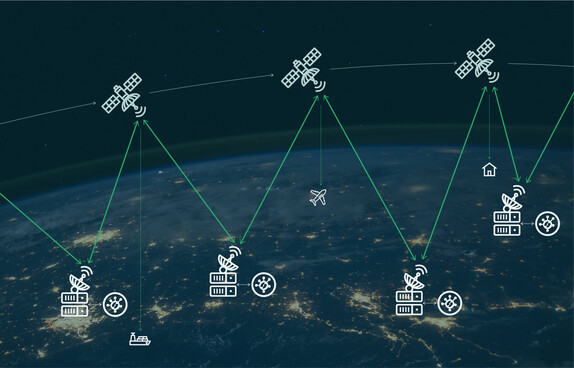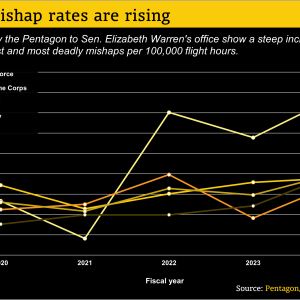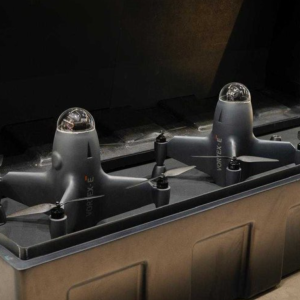DE-CIX, the world’s largest Internet Exchange operator, has launched Space-IX, its plan for the first orbital Internet Exchange. The initiative will connect satellites, orbital systems, and ground networks into one ecosystem. As a result, it could transform how digital traffic flows between Earth and space.
Expanding Exchanges Into Orbit
For 30 years, DE-CIX has built a global Internet backbone. Its 60 Internet Exchange points now connect more than 4,000 providers. The company intends to extend this model into orbit. “Wherever networks are created, interconnection should follow,” said Ivo Ivanov, CEO of DE-CIX. “We connected networks on Earth. Now we will apply that model to the stars.”
An orbital Internet Exchange would let low-Earth orbit constellations and other satellites link directly with data centers, cloud services, and content providers. This integration reduces latency. It also supports new uses such as broadband delivery, AI-driven services, and orbital data analysis.
Partnerships and Laser Links
The program connects with the European Space Agency’s OFELIAS project. Together with the German Aerospace Center (DLR), DE-CIX is testing laser-based communications. These optical links provide higher bandwidth and stronger resistance to interception than radio systems. However, they must handle cloud cover and atmospheric distortion. To address this, advanced algorithms are now being developed.
OFELIAS works on improving ground-to-satellite communication. Meanwhile, Space-IX focuses on satellite-to-satellite links. This combined effort could support a reliable orbital data network at scale.
Orbital Data Centers on the Horizon
British astronaut Tim Peake and other industry voices have long raised the idea of orbital data centers. Once science fiction, the concept is moving closer to reality. Inter-satellite links and onboard processing now make such facilities possible. Satellites are no longer isolated nodes. Instead, they are becoming active parts of the global digital supply chain.
By connecting them through the orbital Internet Exchange, DE-CIX aims to unify space assets with Earth-based systems. In addition, this model supports broadband, defence analytics, and real-time communication services.
India Expansion and Starlink Example
Recent moves in India demonstrate how this model can work. DE-CIX became the first national platform to integrate Starlink into its Internet Exchange. This step proved that satellite networks can align smoothly with ground IX systems. As a result, the country saw faster connectivity and broader access in regions that lacked service.
At the same time, the integration shows strategic value for defence and aerospace. Low-latency connections are vital for Internet of Things (IoT)</strong) devices, real-time intelligence sharing, and mission-critical communications. Therefore, the orbital Internet Exchange has direct relevance for both civilian and security users.
Economic and Strategic Impact
The global space economy is expected to reach $1.8 trillion by 2035. Within this context, orbital networks cannot operate in isolation. They must link with terrestrial systems, cloud platforms, and defence infrastructures. Analysts argue that this design strengthens command-and-control resilience. In addition, it improves space situational awareness and future traffic management in orbit.
Through Space-IX, DE-CIX envisions a seamless future where Earth and space act as one digital network. This approach matches broader trends in commercial space development, NATO’s call for multi-domain communications, and the growing demand for secure digital supply chains.
Conclusion
DE-CIX’s Space-IX is more than an extension of Internet Exchanges into orbit. It signals the rise of a new digital structure linking Earth and space. By combining optical communications, inter-satellite links, and ground IX systems, the company may help shape the next trillion-dollar stage of the space economy.
Key Facts
- Operator: DE-CIX, world’s largest Internet Exchange operator
- Initiative: Space-IX orbital Internet Exchange
- Partners: ESA and German Aerospace Center (DLR)
- Technology: Optical (laser) links with advanced algorithms
- Market Projection: $1.8 trillion space economy by 2035
- Strategic Link: Integration of Starlink in India
References
- SpaceDaily — Orbital Internet Exchange plans unveiled by DE-CIX
- European Space Agency (ESA)
- German Aerospace Center (DLR)
- DE-CIX Official Website












